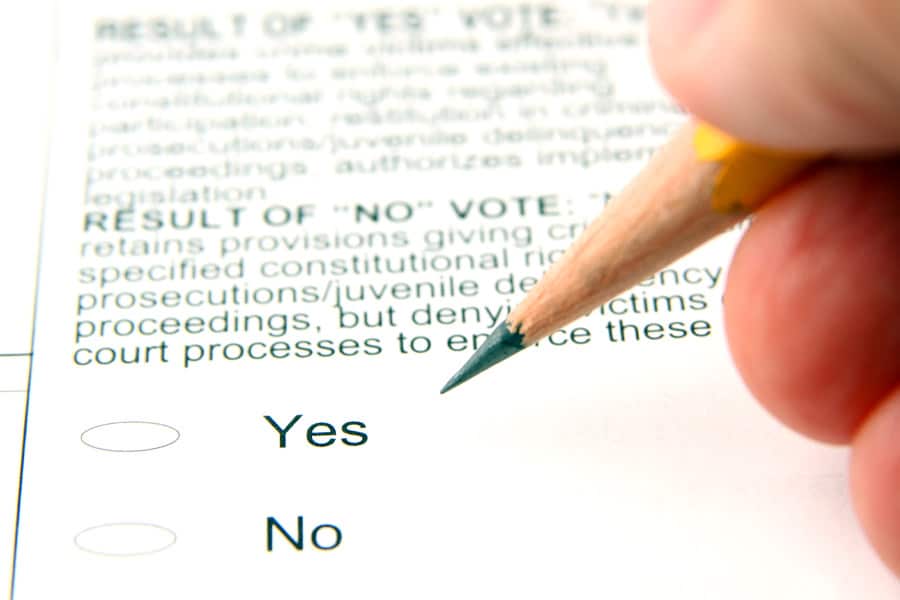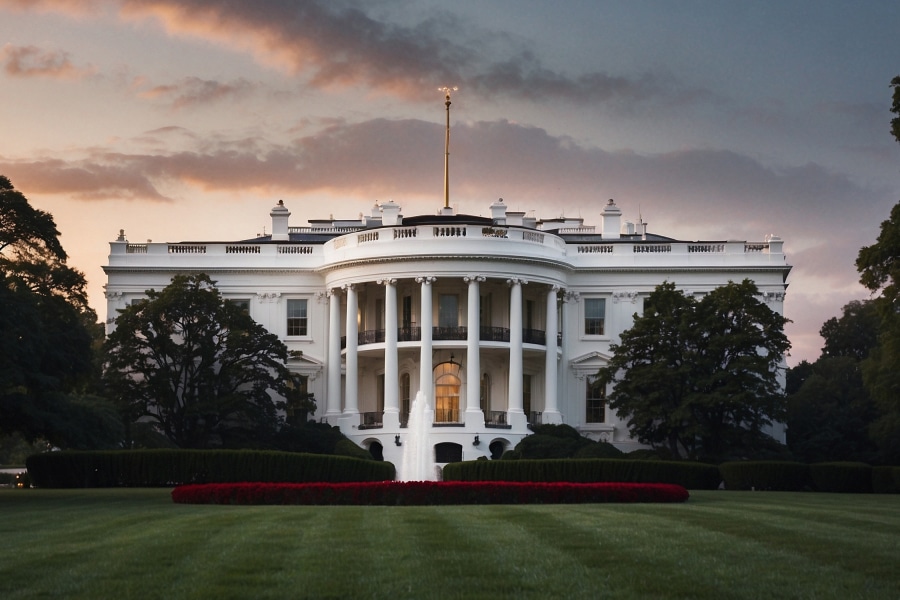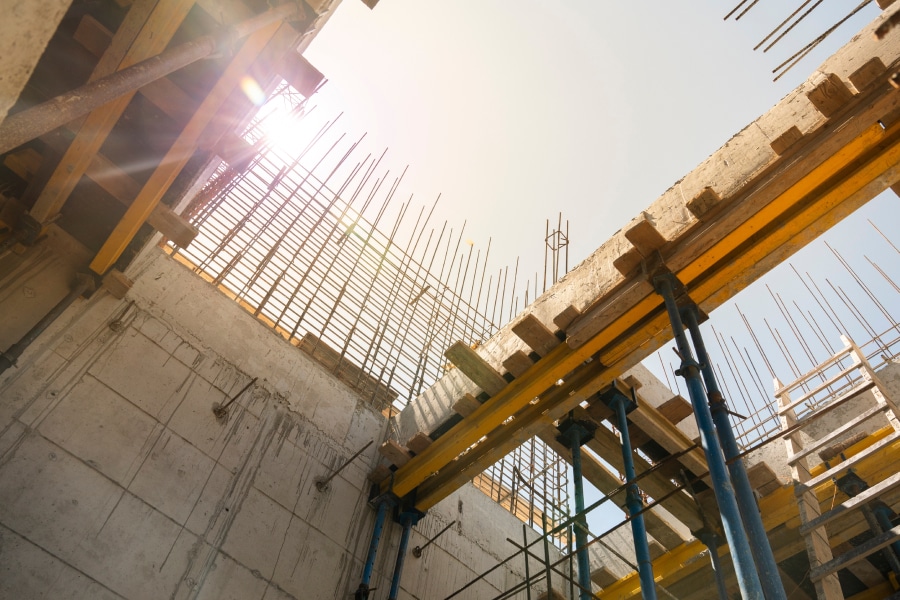With the 2020 election in the rearview mirror, the spotlight turns to what the incoming Biden administration’s legislative agenda will mean for industries across the economy, including construction.
But aside from any legislative changes, several state ballot initiatives decided in the November election are likely to have direct influence on the construction industry.
Here’s a breakdown of the initiatives most likely to affect construction.
Employment Status of ‘Gig’ Workers
California passed Proposition 22, potentially the year’s most far-reaching employment-related decision. Voters approved the definition of their drivers and delivery people who work on an on-demand basis through services like Uber and Lyft and use their own vehicles as independent contractors, not employees.
App-based service providers, many of which were behind a $205 million lobbying campaign in support of the proposition, will be regulated according to labor policies applicable to contractors. They will provide healthcare subsidies for drivers who work more than 15 hours a week in lieu of health insurance, and must provide occupational accident, disability and accidental death insurance. But gig platform companies stand to save far more than their lobbying investment in wages and benefits. The bill essentially overturns the 2019 Assembly Bill 5, under which Uber and Lyft were found to have unlawfully misclassified drivers.
Proposition 22 represented a nationwide clash between mostly Republican and conservative interest groups, who largely supported it, and a coalition of Democrats and progressives, who largely opposed the measure. Among the many labor organizations opposing the measure was the State Building and Construction Trades Council of California, which represents 450,000 construction workers.
Gig workers represent about 35% of the U.S. workforce—and that percentage is growing. App-based recruitment for construction workers is still in its early days, with apps like GigSmart just beginning to make an impact and more professionally focused platforms like Upwork starting to broker gigs for construction consultants and civil engineers.
The volume of construction gigs contracted through these channels has increased sharply since the COVID-19 crisis hit the U.S., causing waves of layoffs. Employing gig workers clearly can make construction firms nimbler and better prepared for boom-bust cycles in the economy. But it remains to be seen whether construction laborers, long accustomed to steady wages and benefits, will take to freelance work in a major, permanent way.
Whether they value the independence and flexibility of freelancing the way creatives and professionals do is unclear. Nor is there any assurance that gig construction workers will prove as efficient or committed as their full-time counterparts.
Still, California’s vote to classify gig workers as independent contractors has nationwide implications, and it is likely that construction firms across the U.S. will test the gig work model in an expanded fashion.
Minimum Wage Initiatives
Florida voters approved Amendment 2, a measure that gradually increases the state’s minimum wage from its current $8.56 to $15 an hour, incrementally over the next decade, just barely achieving the 60% supermajority required for passage.
Opponents of the initiative, who argued that increasing the minimum wage would cause employers to cut jobs, were mainly in Florida’s hospitality and service industries—businesses that run on exceedingly thin margins. But they were part of a broad employer coalition that included the Associated Builders and Contractors of Florida, Associated Builders and Contractors, and the Florida Home Builders Association.
The minimum wage controversy is most relevant in construction to the extent that higher wages might drive automation as a substitute for labor as well as the extent to which firms rely on unskilled labor whose wages are close to the minimum.
Bond Issues
Public funding pays for a lot of infrastructure projects that represent significant opportunities for construction firms. In every election cycle, the industry anxiously awaits the fate of an array of bond issues for construction and renovations. In 2020, small initiatives sailed through with little opposition, but in California, anti-tax lobbying torpedoed the nation’s largest bond issue.
Maine voters resoundingly approved two initiatives: Question One, a $15 million general obligation bond issue for high-speed internet infrastructure; and Question Two, earmarking $105 million for transportation infrastructure, including $90 million for highways, bridges and MaineDOT’s Municipal Partnership Initiative (MPI), and $15 million for transit, freight and passenger railroads, aviation, ports, harbors, marine transportation and other active projects.
New Mexico approved $33.3 million in bonds for capital improvements of senior citizen facilities, along with $9.7 million for public libraries and $156.3 million for public colleges, special public schools and schools in Native American tribal areas.
Meanwhile, Californians defeated Proposition 13, a $15 billion bond issue to fund schools, colleges and universities. The bonds would have provided $9 billion for public pre-school and K-12 schools, including $2.8 billion to build new schools and $5.2 billion for modernization, with projects specifically aiming to “improve facilities’ health/safety conditions (including earthquake/fire safety and removing lead from water) and increase affordable student housing.” It earmarked $500 million for charter schools and laid out $6 billion for the capital needs of colleges and universities.
The measure had the support of the state’s educational establishment unions, including construction unions, most of California’s Democratic legislators and Governor Gavin Newsom. But it ran into populist opposition led by the Howard Jarvis Taxpayers’ Association, a non-profit set up in 1978 to “protect” a more famous “Proposition 13” that California passed that year, which drastically cut and limited property taxes, spawning a nationwide property tax revolt. In fact, some voters opposed the measure when they became concerned that 2020’s Proposition 13 would undermine the older law.
Also, sparsely populated Wyoming defeated Constitutional Amendment A, a measure that would have increased the allowable debt funding of municipal sewage systems, which the state now caps at 4% of the total assessed value of property within the municipality.
Water Resources
Utah passed Constitutional Amendment D, the so-called Municipal Water Resources Amendment, which allows communities that are meeting their own water needs to market their surplus to other jurisdictions or trade water for other resources. Water is a crucial commodity in the western states with large areas of desert; access to it can determine the feasibility of development. More water enables more construction.
Heavy Equipment Rentals
Washington state has a tradition of non-binding “advisory” resolutions in which the voters make recommendations to the state legislature regarding existing law. By defeating 2020’s Advisory Vote 33, Washington voters urged legislators to repeal Senate Bill 5628, a measure that levies a tax on heavy equipment rentals to consumers. If the legislators follow through, do-it-yourselfers may have a modestly easier time renting equipment, which in turn may inhibit contracting for small projects.












